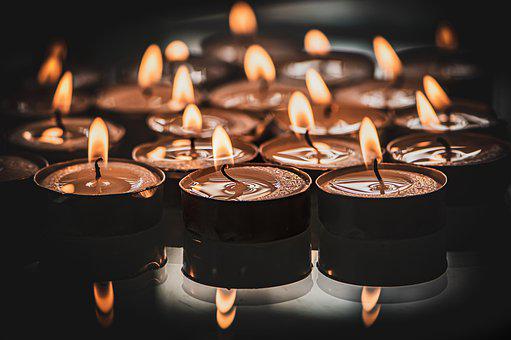Born in 1515 in Florence, but soon “Roman” by adoption and life until his death, which for St. Philip Neri arrived in 1595: “Pippo ‘bbono” still today for the people of Rome. He moves in the city between the two Jubilees of 1550 and 1575: impressed by the crowd of pilgrims, who arrive and remain on the streets without protection and with many risks, he founded the Confraternity of Pilgrims at the Trinity church, in particular for the poor and abandoned ones, pilgrims for life. Today they would call them homeless, or homeless: Filippo calls them friends. The poor and the young are his life choice. He founded the Congregation of the Oratory: assistance, education, pastime, pedagogy, spirituality, culture. An entire district of Rome bears his mark to this day. Trinità dei Pellegrini, San Giovanni dei Fiorentini, Chiesa Nuova, San Girolamo della Carità: between via Giulia and via dei Banchi vecchia. He never struts himself as a “founder”: a lesson over the centuries not very popular, he would seem. He organizes pilgrimages, trips and outings outside the city, and for the Jubilee he adds 3 more churches to the 4 basilicas: Santa Croce in Gerusalemme, San Lorenzo and San Sebastiano fuori le mura. Thus were born “the Seven Churches”: the famous Roman chain of piety until today. He preaches, organizes, confesses nobles and poor people, takes the kids on a cultural and spiritual excursion, plays with them, and for them he coins the famous motto: “Stay ‘bboni, if you can”. He advises Popes and princes, but never enters anyone’s court. They tell him that the Pope, impressed by his reputation for holiness and wisdom, wants to make him a cardinal, his adviser, and is sending an illustrious prelate to visit him: he lets himself be found playing ball in the courtyard with the children, and he runs away. scandalized and disappointed. He laughs, and continues his life. He goes around Rome in search of the poor with Fra Felice da Cantalice, he is a friend of Carlo Borromeo, Giuseppe Calasanzio, Ignazio di Loyola, Francesco Borgia, Camillo De Lellis: all saints. A cyclone of inventiveness and spiritual strength. It is accompanied by the sympathy of the people, and the popular legend: they tell of the orange planted with the hands on the stone and soon bloomed, of the ecstasies during the Mass, of the inflamed sermons, but never rhetorical and empty, never moralistic and punitive. A clown of Jesus Christ capable of culture and organization: modernity with a halo. In Rome after almost two centuries, Goethe still finds traces of him alive in the memory of the places and people. He cheers, with the Florentine spiritaccio that makes you smile even in Paradise. In short: a true “street priest” a few centuries ahead of time. In these days the street observer was born. Excellent: it is also valid for Filippo, but certainly someone like him did not only observe. Observing does not change the world. Unless he adds the command of “faith that works through charity”. San Filippo did nothing else. After all, this is the command of the One who truly “founded” his Church on that “Rock” which for 20 centuries has belonged to Christ, but also of the prophets and saints, including “street priests”. Philip: a beautiful saint indeed!
© All rights reserved
Filippo Neri and that mark left on Rome

